Life After
the Military
Military Life
Military Life is a series of books for service members and their families who must deal with the significant yet often overlooked difficulties unique to life in the military. Each of the titles in the series is a comprehensive presentation of the problems that arise, solutions to these problems, and resources that are of much further help. The authors of these bookswho are themselves military members and experienced writershave personally faced these challenging situations, and understand the many complications that accompany them. This is the first stop for members of the military and their loved ones in search of information on navigating the complex world of military life.
1. The Wounded Warrior Handbook: A Resource Guide for Returning Veterans by Don Philpott and Janelle Hill (2008).
2. The Military Marriage Manual: Tactics for Successful Relationships by Janelle Hill, Cheryl Lawhorne, and Don Philpott (2010).
3. Combat-Related Traumatic Brain Injury and PTSD: A Resource and Recovery Guide by Cheryl Lawhorne and Don Philpott (2010).
4. Special Needs Families in the Military: A Resource Guide by Janelle Hill and Don Philpott (2010).
Life After the Military: A Handbook for Transitioning Veterans by Janelle Hill, Cheryl Lawhorne, and Don Philpott (2011).
Life After
the Military
A Handbook for
Transitioning Veterans
Janelle Hill, Cheryl Lawhorne,
and Don Philpott

Government Institutes
An imprint of
THE SCARECROW PRESS, INC.
Lanham Toronto Plymouth, UK
2011

Published by Government Institutes
An imprint of The Scarecrow Press, Inc.
A wholly owned subsidiary of The Rowman & Littlefield Publishing Group, Inc.
4501 Forbes Boulevard, Suite 200, Lanham, Maryland 20706
http://www.govinstpress.com
Estover Road, Plymouth PL6 7PY, United Kingdom
Copyright 2011 by Government Institutes
All rights reserved . No part of this book may be reproduced in any form or by any electronic or mechanical means, including information storage and retrieval systems, without written permission from the publisher, except by a reviewer who may quote passages in a review.
The reader should not rely on this publication to address specific questions that apply to a particular set of facts. The author and the publisher make no representation or warranty, express or implied, as to the completeness, correctness, or utility of the information in this publication. In addition, the author and the publisher assume no liability of any kind whatsoever resulting from the use of or reliance upon the contents of this book.
British Library Cataloguing in Publication Information Available
Library of Congress Cataloging-in-Publication Data
Hill, Janelle.
Life after the military : a handbook for transitioning veterans / Janelle Hill, Cheryl Lawhorne, and Don Philpott.
p. cm.
Includes bibliographical references and index.
ISBN 978-1-60590-740-6 (cloth : alk. paper)ISBN 978-1-60590-741-3 (electronic)
1. VeteransServices forUnited StatesHandbooks, manuals, etc. 2. Retired military personnelUnited StatesHandbooks, manuals, etc. 3. VeteransEmploymentUnited StatesHandbooks, manuals, etc. 4. Retired military personnelEmploymentUnited StatesHandbooks, manuals, etc. 5. Career changesUnited StatesHandbooks, manuals, etc. I. Lawhorne, Cheryl, 1968- II. Philpott, Don, 1946- III. Title.
UB357.H55 2011
650.1086 ' 970973dc22
2011001080
 The paper used in this publication meets the minimum requirements of American
The paper used in this publication meets the minimum requirements of American
National Standard for Information SciencesPermanence of Paper for Printed Library
Materials, ANSI/NISO Z39.48-1992.
Printed in the United States of America
Acknowledgments
A s with all the titles in the Military Life series, the aim is to produce a one-stop guide that, hopefully, covers all the information you need on a specific subject. We are not trying to reinvent the wheel, simply to gather information from as many sources available as possible so that you dont have to. Almost all the information in this book comes from federal and military websites and is in the public domain. These include the Department of Defense, American Forces Press Service, U.S. Army Medical Department, Department of Veterans Affairs, Department of Health and Human Services, and the websites of all branches of the U.S. military. We have tried to extract the essentials. Where more information might be useful we have provided websites and resources that can help you.
T he key to a smooth transition is to be prepared well before you separate from the military. Start early. Make connections and build networks that will help you transition smoothly into the civilian world.
Overview
There are many different sorts of transitioningdepending on whether you are single, have a family, are looking to find a civilian job, or planning on enjoying retirement as a veteran.
The transition process is also different depending on whether you are considered a first-termer, a midcareerist, or preretiree. Another distinction is between Active Duty and Reserve.
Returning to civilian life is an exciting time, one full of hope for what the next chapter in your life might bring. But the transition is also a complex undertaking. You have many steps to take and many questions to get answered. Transition assistance staff, personnel office staff, relocation specialists, education counselors, and many others can help, but only you and your family can make the critical decisions that must be made. So where should you start?
This guide will help you work through the sections listed on DD Form 2648, Preseparation Counseling Checklist. The checklist allows you to indicate the benefits and services that you wish to receive additional counseling on as you prepare your Individual Transition Plan (ITP). In those cases where the transition counselor cannot answer questions, you will be referred to subject-matter experts that will provide you the information that you need. Work through each element of the guide but take advantage of your opportunity to request the specific resources that are appropriate for you. If you are uncertain about your future plans, now is the time to obtain all the assistance and information you need. Professional guidance and counseling are available at your transition assistance office, as are workshops, publications, information resources, automated resources, and government programs. Take advantage of each one that applies to your unique situation. It is your Individual Transition Plan: It is your responsibility and your life.
The new My Decision Points ITP program will help you develop your personalized game plan for successfully transitioning back to civilian life. My Decision Points provides the framework to help you identify your unique skills, knowledge, desires, experience, and abilities to help you make wise choices. It is not a Department of Defense form; it is something you create by yourself, for yourself, with information found at http://www.TurboTAP.org and assistance from a transition counselor. Those who do not live near a military installation can also get assistance by telephone, e-mail, CD ROM, and so on.
As you prepare to transition into your new life, there are a number of psychological matters that have to be taken into account as well as all the other critical issues, such as finding a home, a job, getting the right health coverage, ensuring you have all the benefits you are entitled to, and so on. However, as you prepare for these life-changing events, it is a good time to consider how these will impact your life and those around you.

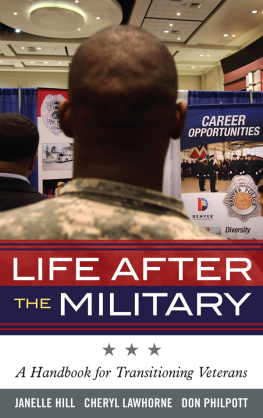
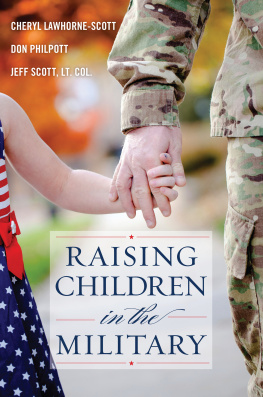
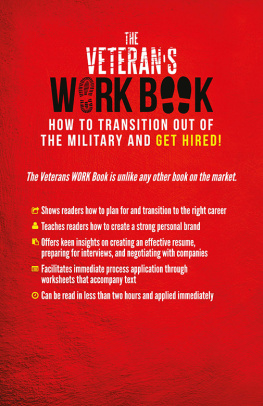
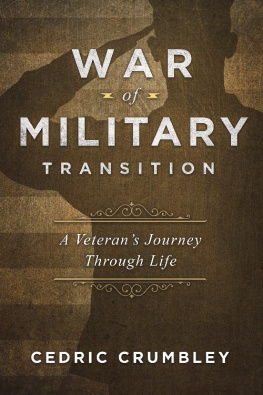

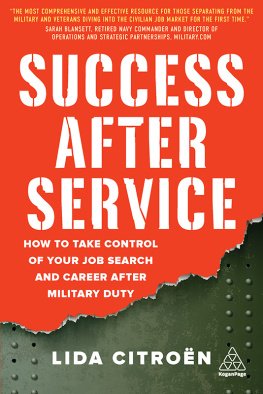
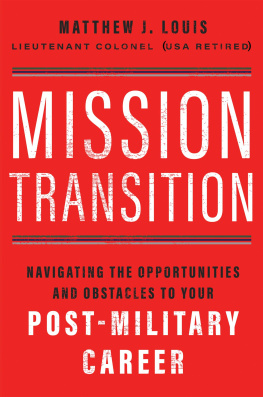
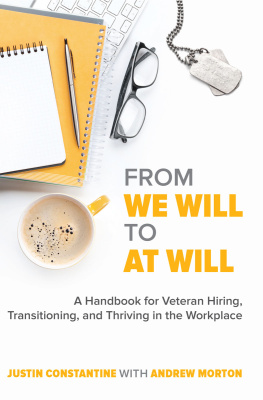
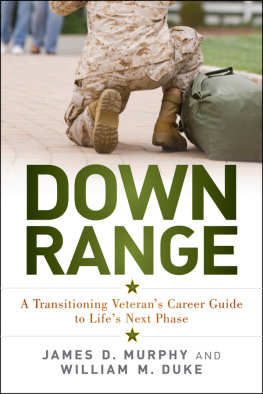



 The paper used in this publication meets the minimum requirements of American
The paper used in this publication meets the minimum requirements of American